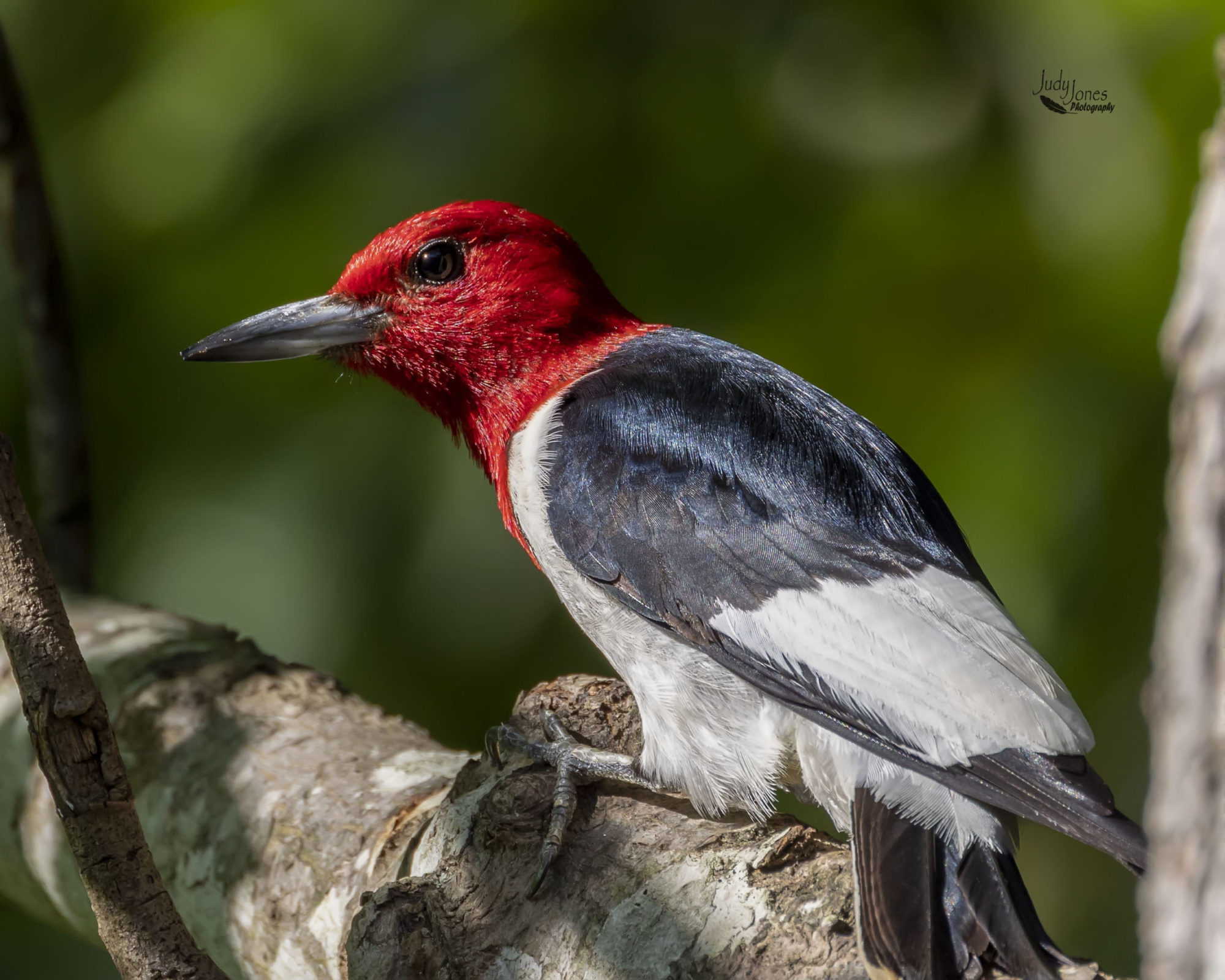by Ann Carpenter
By 1982, just five years after hatching, the Bird Club was financially strong enough to grant research scholarships to Graduate Students who were studying ornithology at the College of William and Mary. A proposal for these scholarships was presented to and approved by the membership in November 1981. The rationale was that the club was being supported by the College which donates the club meeting space free of charge; one of the club’s primary goals is to educate people about birds; and the club could afford to support a scholarship from fund-raising projects. In fact, the third Bird Seed Sale, a project initiated in 1980, yielded over $1800 to be used towards these grant awards.
The Board voted to award a total of $500 per year for these scholarships.
When the Bird Club announced to the College of William and Mary’s Biology Department that it was offering a scholarship stipend for ornithological research for one of its students, the club had no idea there would be so many worthy applicants. Therefore, instead of one, the club made two awards of $250 each to Bob Anderson and Fenton Day. Bob proposed studying the feeding and population dynamics of Oystercatchers, while Fenton proposed looking into the effects that Herring Gull colonies have on adjacent tern and skimmer colonies.
In 2004, the Bird Club named the research grants in honor of William J. Sheehan, a Charter Member, the Club’s first Secretary, and the keeper of local bird club records from Day 1. In 2007, at the club’s 30th anniversary meeting, it was announced that one of the scholarships would be named to honor Ruth Beck, retired professor of Biology at W&M and a charter and founding member of the Bird Club. The scholarships are now called the Bill Sheehan/Ruth Beck Ornithology Research Grants.
Awards were made to one or two students per year until 2006 when the number was increased to three awards per year. Award amounts increased to $500 per student in 2000 and to $600 per student in 2014. Following the passing of Dr. Ruth Beck in 2015, the club received more than $5,000 in memorial donations. These funds are being devoted to the research
grants, allowing the club to make four awards in 2015 and five awards in 2016. In addition, the club receives semi-annual donations from Wild Birds Unlimited which also go toward funding the research grants. Members also may make designated donations to the grant fund.
Since 1982, the Bird Club has awarded 72 grants, totaling more than $35,000, to 66 graduate and undergraduate students. The mentors to the grantees over the last 35 years have included: Mitchell Byrd, Ruth Beck, Dan Cristol, John Swaddle, Matthias Leu, and Bryan Watts. Twenty-five of the grantees’ projects led to published, peer-reviewed articles. Each year, in the spring following the award, the students present the results of their research studies at a Bird Club meeting.
Student Researcher and WBC Grant Recipient Carly Hawkins and two Zebra Finches
This year’s awardees are Megan Thompson, “A Study of the Cognitive Memory of Birds and their Ability to Avoid a Toxic Food Source”; Carly Hawkins, “Investigating the Effects of Anthropogenic Noise Disturbance on Songbird Social Networks”; and Ananda Menon, “The Effect of Mercury on Reproductive Function in Male Songbirds”.

